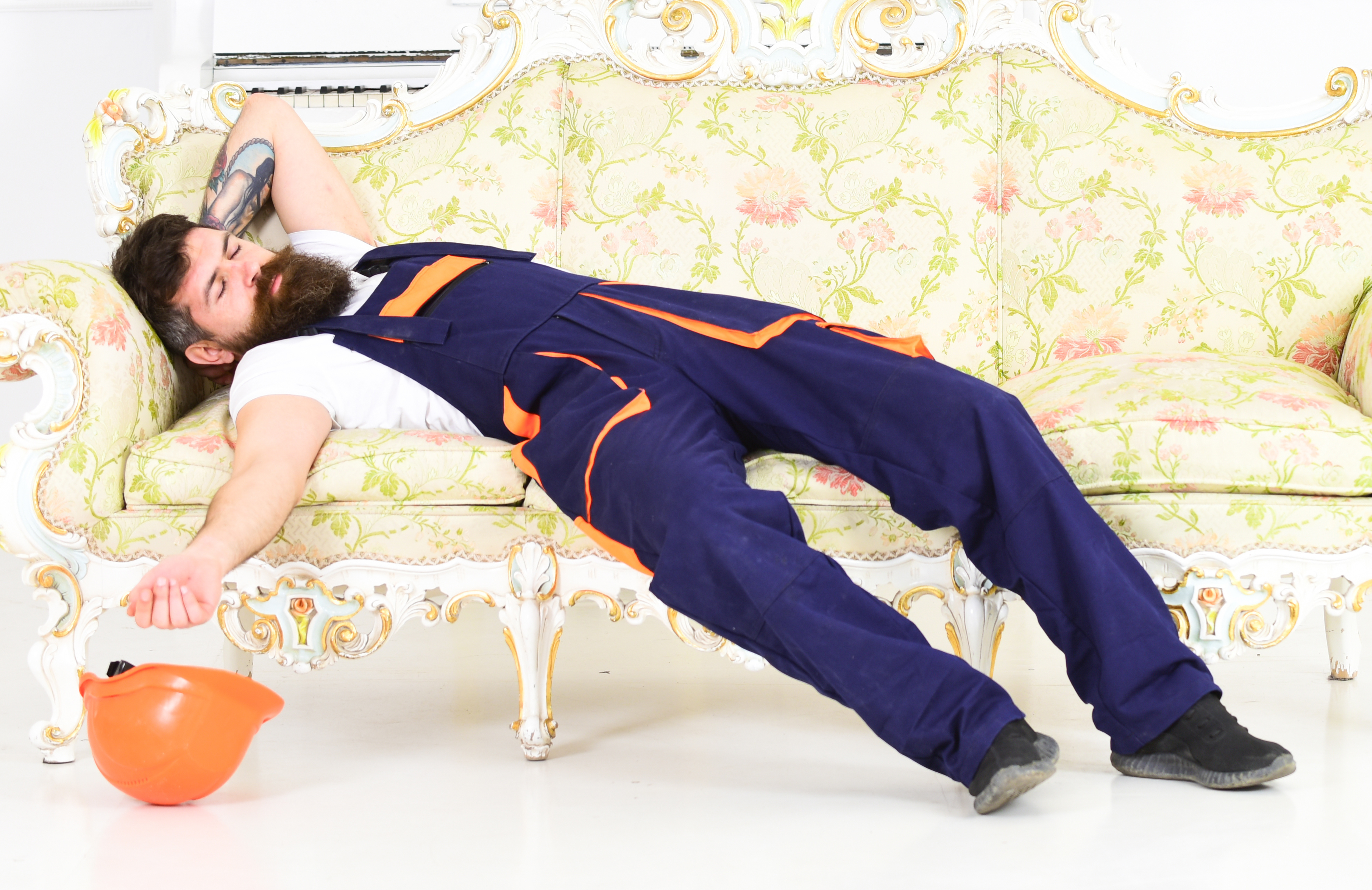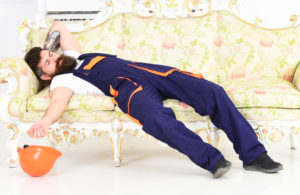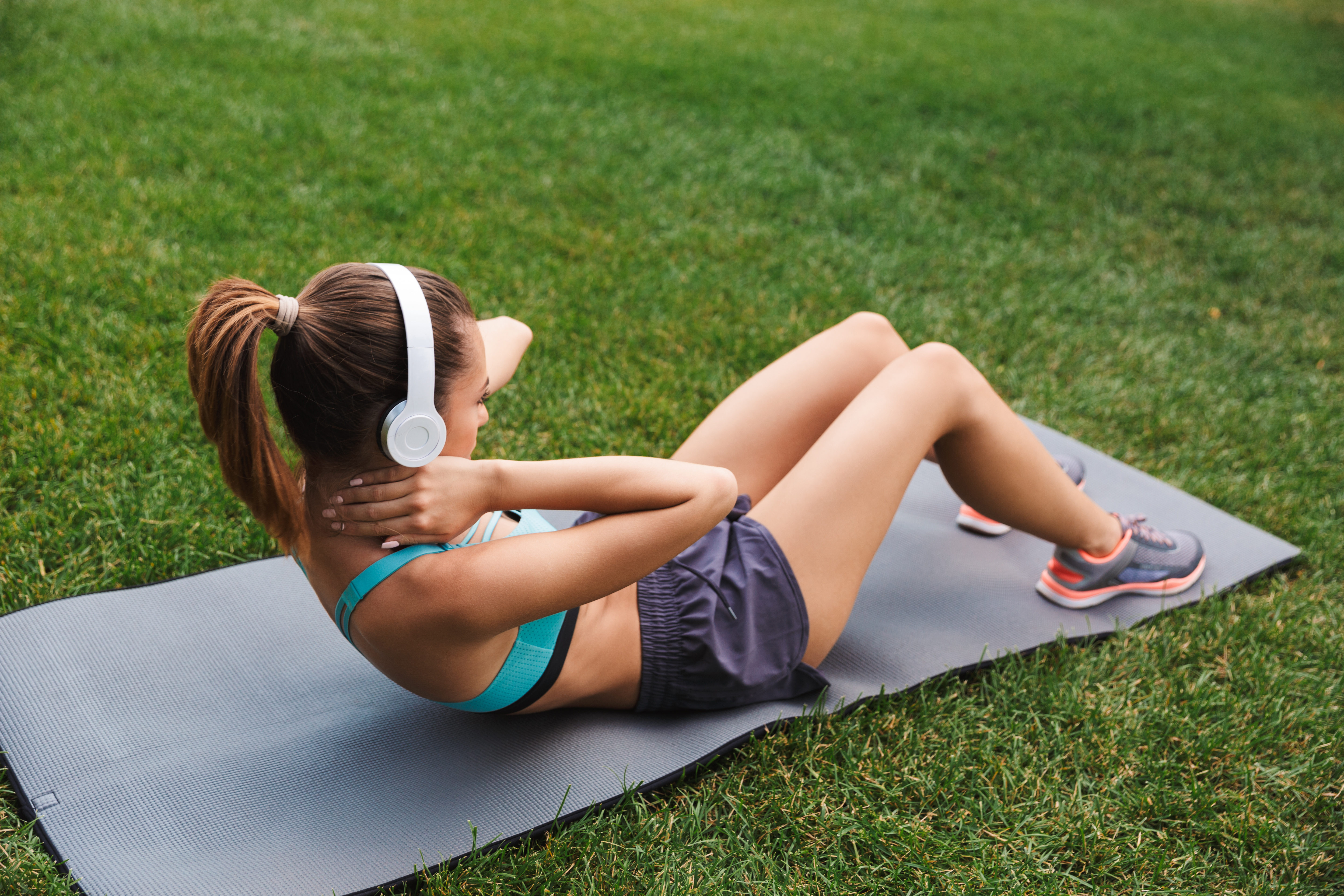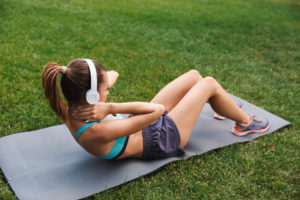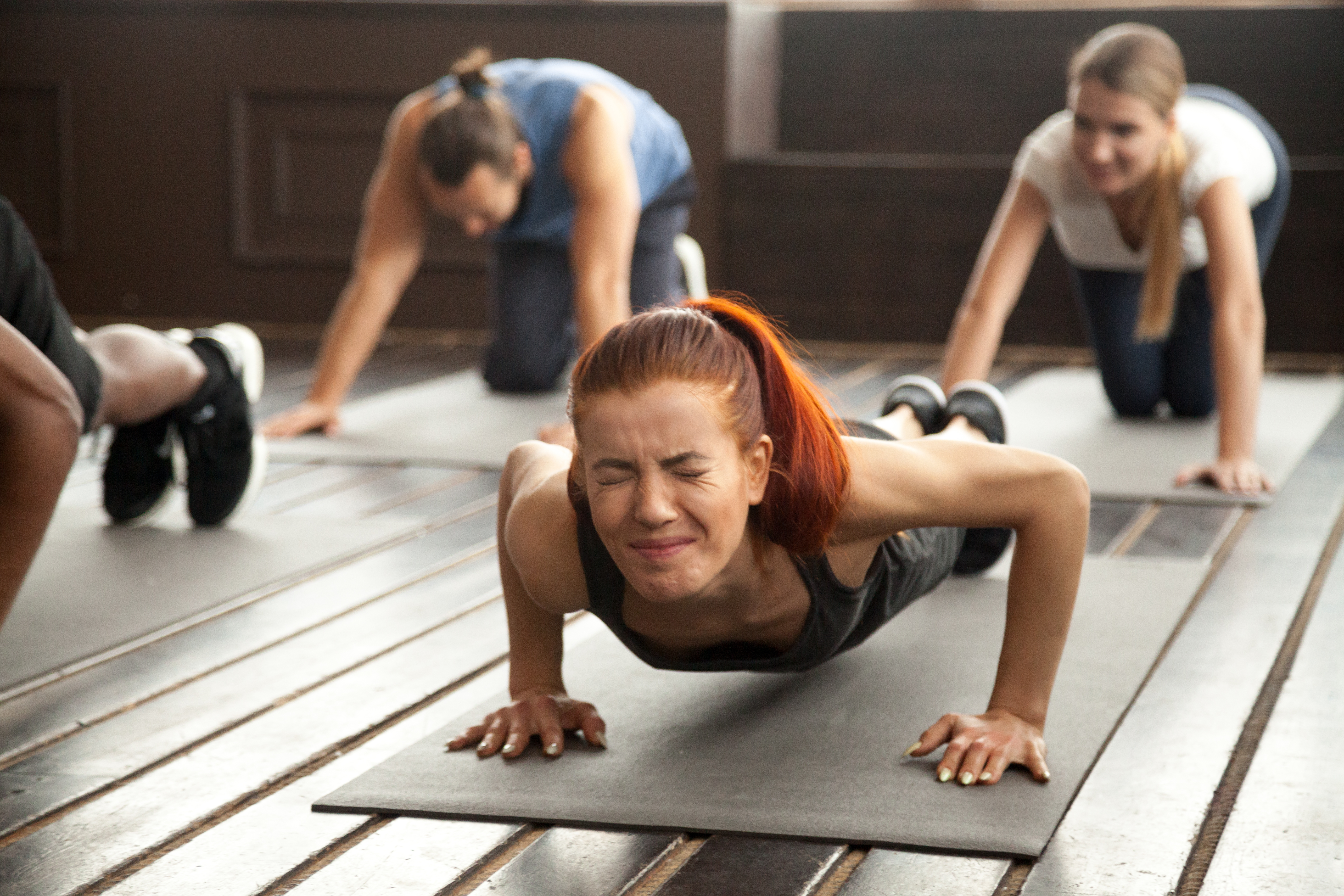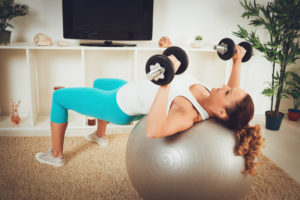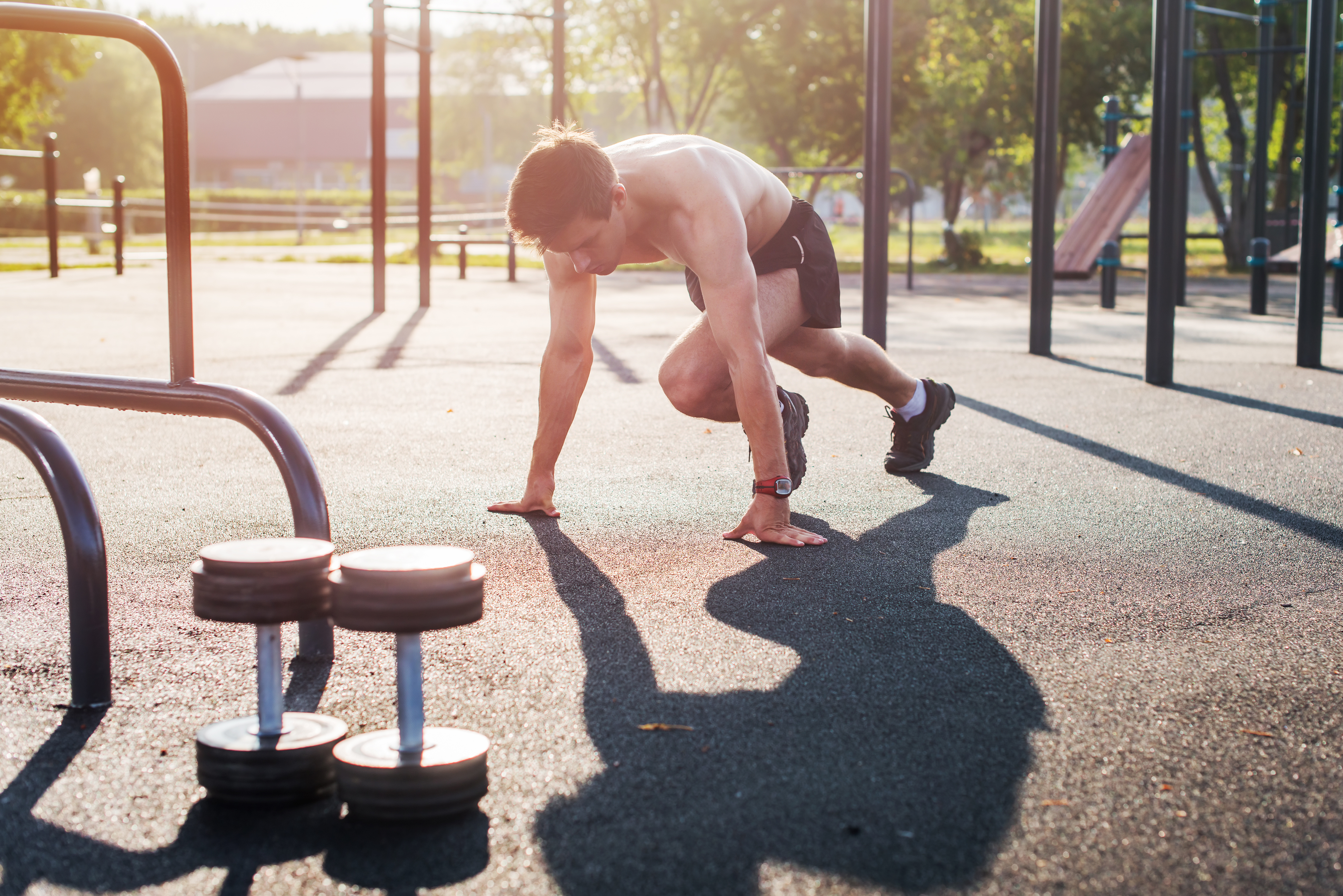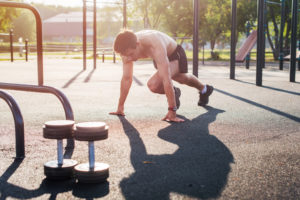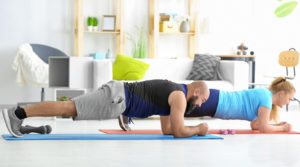
So you want a great body, but you don’t have the time or money for that gym membership? Or may you don’t like the night club like vibe of the gym. No problem! If you use your resources at home , you can find several ways of adapting existing exercises to your individual needs. Here are some innovative DIY workouts that will get you ripped without setting foot in a gym or touching a dumbbell. In fact, you can do most of them with equipment you’ve probably have lying around the house anyway, such as a backpack, some water bottles and liquid detergent bottles. Here’s how.
Push-Up Variations
The push-up is one of the best body weight exercises around, even in its simplest form. The only problem, however, is that once you reach a certain level of fitness or musculature, it will stop being much of a challenge. Progressive overload is key if you want to keep making gains, but you don’t need to hit the gym to add some resistance. If you can do 40 or 50 push-ups, it’s time to change things up to ensure you continue to see results. All you need is a backpack and some bottles of water. Fill up as many bottles as desired, put them in your bag, and put it on. Voila! You’ve just added some weight and helped stress your pectoral muscles without spending anything. If that becomes too easy, just keep adding more bottles. If you don’t have enough bottles to hand, any other reasonably heavy object should suffice (just make sure it’s not breakable).
Squat with a Friend (or Use One Leg)
There are several upper-body exercises you can do without specialist equipment, but it’s important not to neglect your lower body if you want a balanced physique. A bodyweight squat doesn’t require much effort for most adults, and it certainly won’t help pack on any muscle. If you want to add resistance but don’t have any weights handy, see if you can recruit a friend or significant other to sit on your shoulders. The uneven distribution of weight compared to a barbell makes this more challenging than you’d think, and also ensures your core is working extra hard to stabilize you.
If you’re on your own, then try the pistol squat. Essentially a one-legged squat, it’s surprisingly difficult even for the fittest and most active people. Descend slowly while sticking one leg out in front of you, using the opposite leg for balance at the bottom, before exploding back up. If these become too easy, you can always hold something heavy in your hands or use the water bottle/backpack trick mentioned earlier.
Inverted Rows and Adapted Pull-Ups
Regular pull-ups are a great exercise in their own right, and if you have a pull-up bar handy (or any safe surface you can suspend yourself from), then you can perform this effective back exercise. For more advanced lifters who can do several reps without a problem, adding weight is a brilliant way of ensuring progressive overload. Again, if you have anything heavy you can hold between your legs (or put in a backpack), then you can increase the difficulty and keep making gains without making the trip to the gym.
Of course, even a regular pull-up is relatively difficult, especially if you’re doing many reps over the course of many sets. You still need a pulling exercise to balance out pushing ones such as pull-ups though. In this case, the inverted row is an excellent alternative that will work your back muscles. You’re essentially doing the same movement you would with a dumbbell or barbell row, only you’re hanging onto a bar or other surface above and working against gravity to pull yourself back upright. You can do these at a park, with a TRX suspension trainer, or at home if you have something suitable from which to hang. If you need to increase the difficulty, then grab that backpack again.
Use What’s Available
Obviously, there are limits to what you can achieve in muscle building if you never go to the gym, but with these innovative exercises, you can certainly make significant progress and save money at the same time. With a few simple pieces of equipment you probably already own, you can make these exercises even more effective and challenging, so you’re essentially only limited by your imagination! For people who lead busy lives, or simply don’t want to pay costly membership fees, these DIY workouts can deliver significant results.
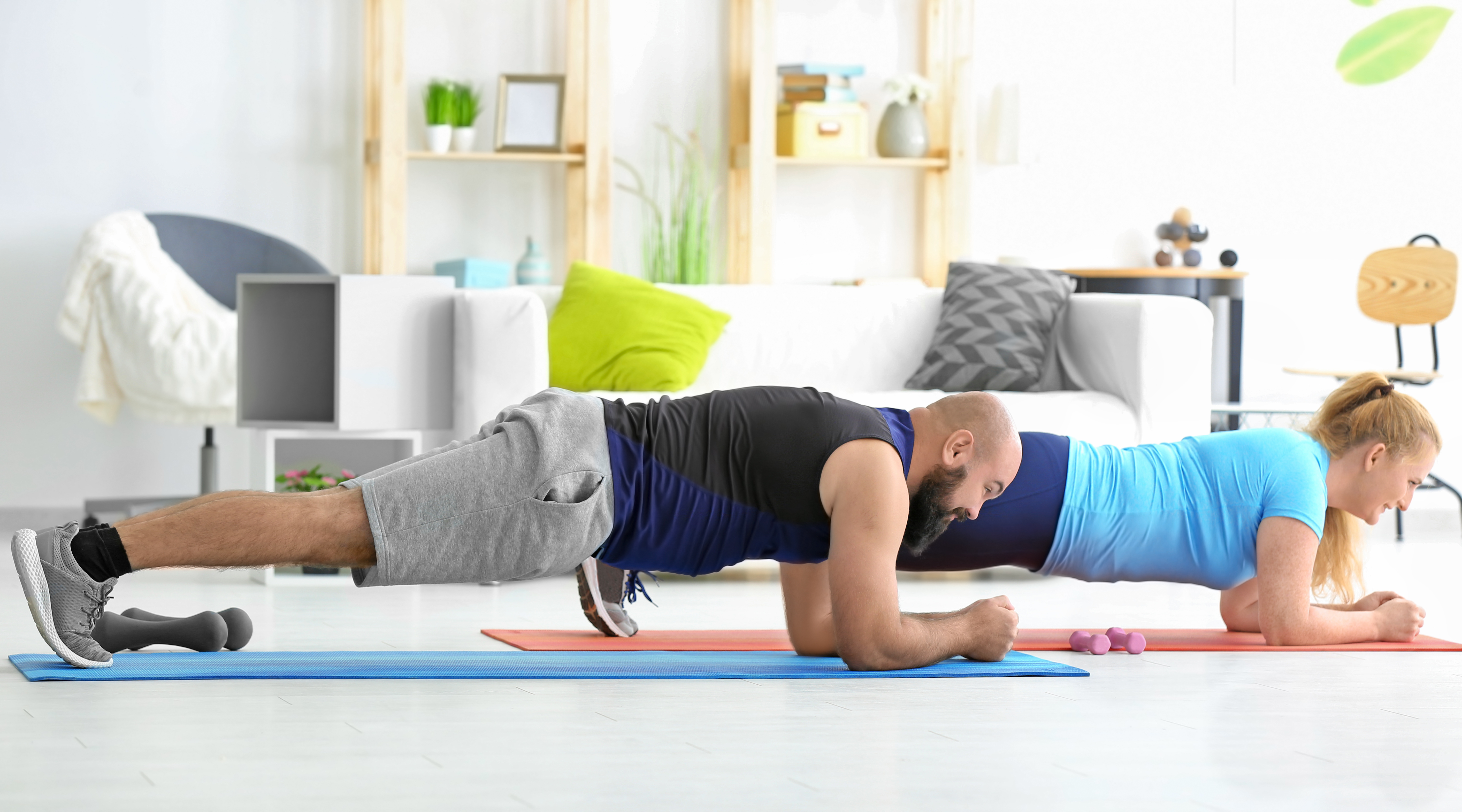
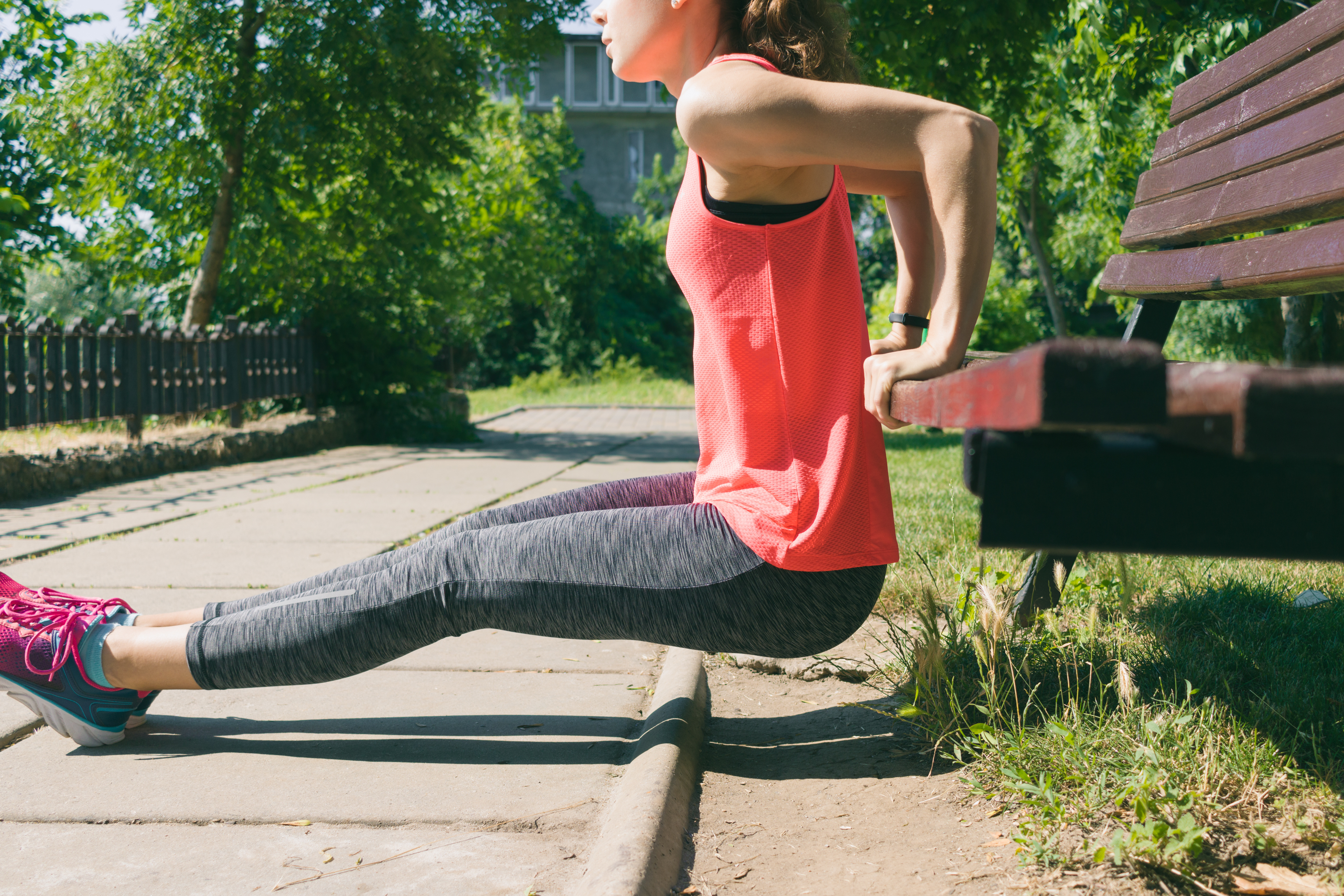



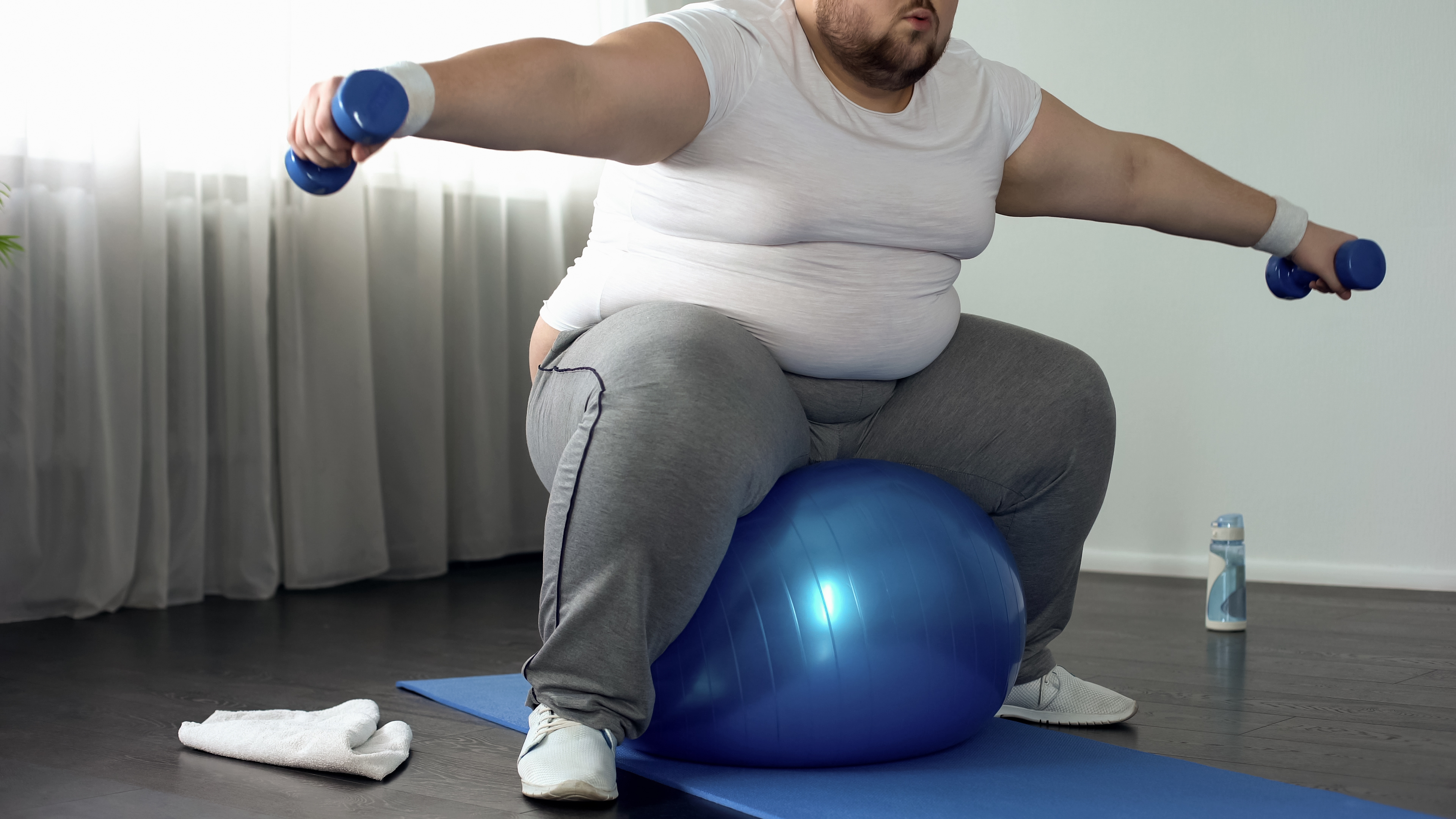
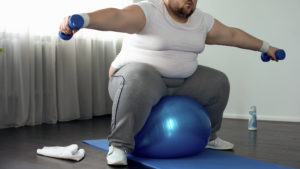 Strength training is important at all ages and stages of life, for both men and women. The good news is you don’t have to join a gym or train every day to get fitness benefits and build muscle. These days, more people use bodyweight exercises and do strength workouts at home with little or no equipment. Some invest in a few pairs of resistance bands or dumbbells to enhance their training but that’s not necessary, especially in the beginning. There’s no one way to strength train. You can work your muscles against resistance in a variety of ways, including resistance bands,
Strength training is important at all ages and stages of life, for both men and women. The good news is you don’t have to join a gym or train every day to get fitness benefits and build muscle. These days, more people use bodyweight exercises and do strength workouts at home with little or no equipment. Some invest in a few pairs of resistance bands or dumbbells to enhance their training but that’s not necessary, especially in the beginning. There’s no one way to strength train. You can work your muscles against resistance in a variety of ways, including resistance bands, 